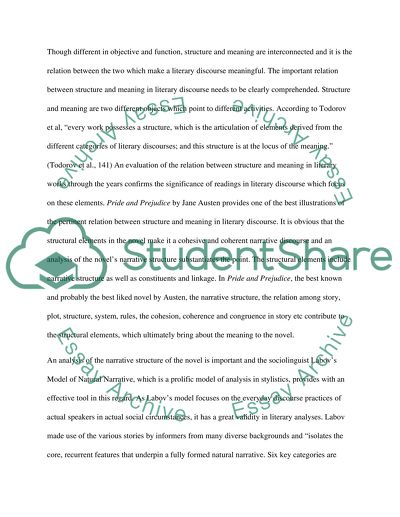Cite this document
(“Literary discourses in the modern literary theory Essay”, n.d.)
Retrieved from https://studentshare.org/miscellaneous/1504035-literary-discourses-in-the-modern-literary-theory
Retrieved from https://studentshare.org/miscellaneous/1504035-literary-discourses-in-the-modern-literary-theory
(Literary Discourses in the Modern Literary Theory Essay)
https://studentshare.org/miscellaneous/1504035-literary-discourses-in-the-modern-literary-theory.
https://studentshare.org/miscellaneous/1504035-literary-discourses-in-the-modern-literary-theory.
“Literary Discourses in the Modern Literary Theory Essay”, n.d. https://studentshare.org/miscellaneous/1504035-literary-discourses-in-the-modern-literary-theory.


